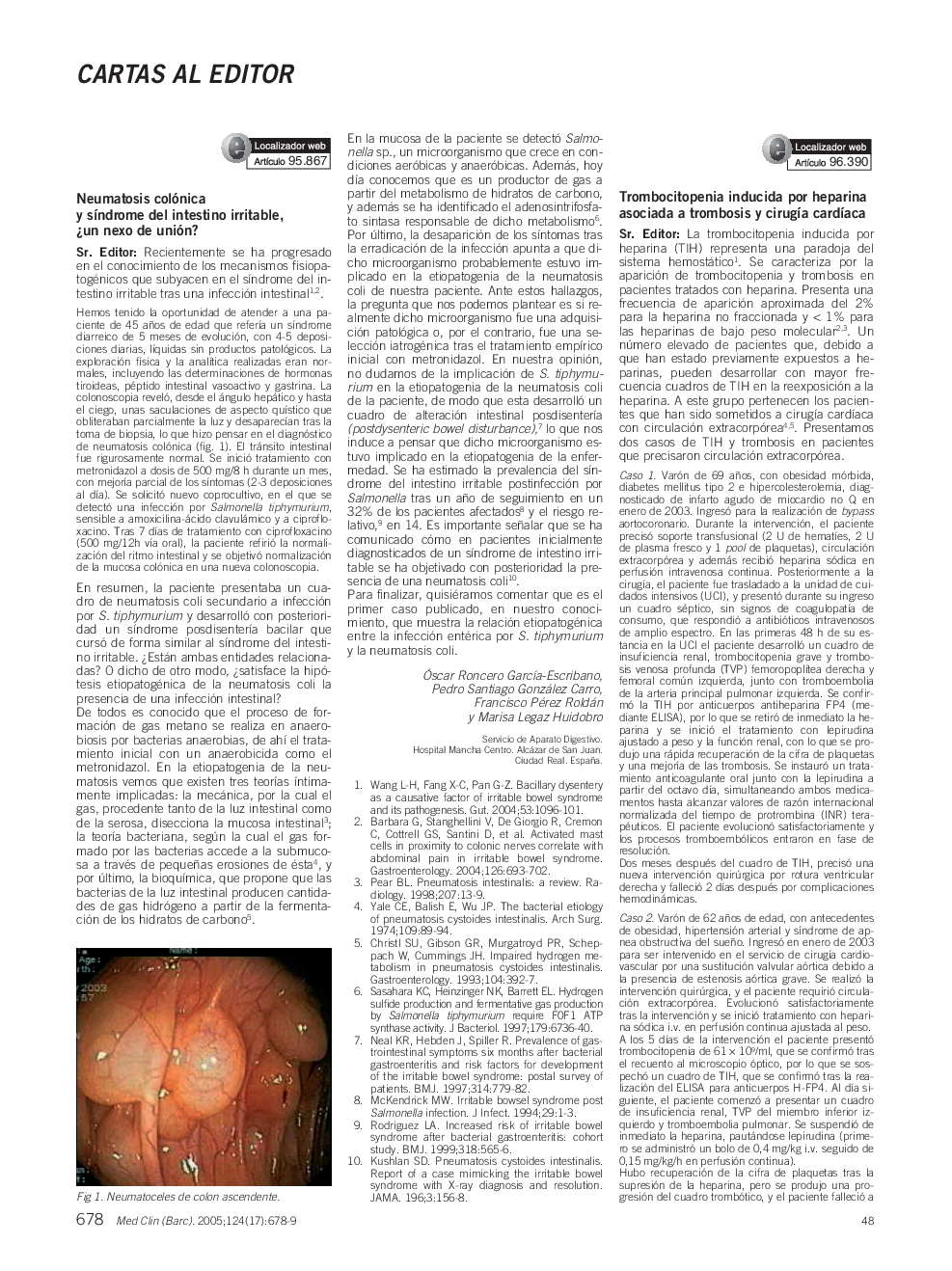| Article ID | Journal | Published Year | Pages | File Type |
|---|---|---|---|---|
| 9297731 | Medicina Clínica | 2005 | 10 Pages |
Abstract
The challenges of growing prevalence and evident trend to progressive damage of primary nonalcoholic fatty liver disease confront a poorly understood pathogenesis. It appears to develop in two steps. First, a high adipocyte protein production in the context of a silent inflammatory background causes insulin resistance in adipose tissue. It leads both to lipolysis, with increase of the circulating and hepatic uptake of free fatty acids, and hyperinsulinemia. Within hepatocytes, the subsequent lipogenesis, together with a decreased secretion of lipoproteins, induces an accumulation of excessive hepatic triglycerides (steatosis), impliying some oxidative damage, but it remain balanced by uncoupling protein upregulation and antioxidant systems activation. Second, a more forceful fat catabolism by beta and omega oxidation results in respiratory chain hyperactivity with overproduction of free radicals and reactive oxygen species that exceed the antioxidant capacity. These agents lead to hepatocellular injury and necrosis, inflammatory infiltration and fibrosis (steatohepatitis) through induction of Fas ligand and cytokines (tumor necrosis factor α, transforming growth factor β, interleukin-8), and lipid peroxidation and by-products (malondialdehyde and 4-hydroxynonenal). Other mechanisms (hepatic iron, Kupffer cells dysfunction or endotoxemia) play uncertain roles.
Keywords
Related Topics
Health Sciences
Medicine and Dentistry
Medicine and Dentistry (General)
Authors
Diego Moreno Sánchez,
